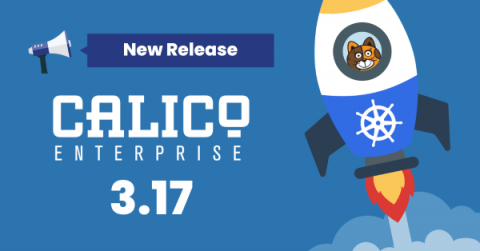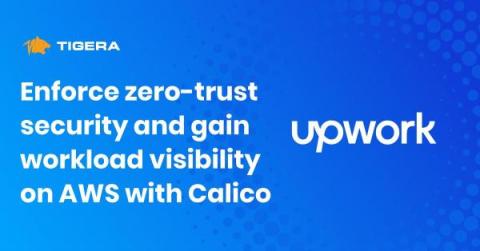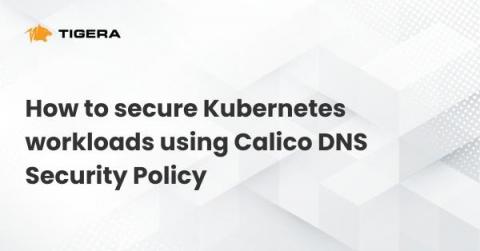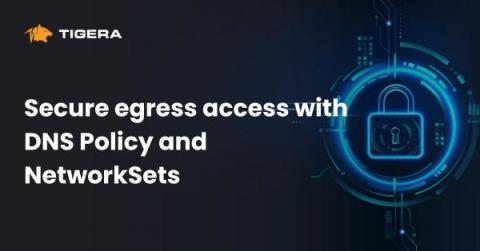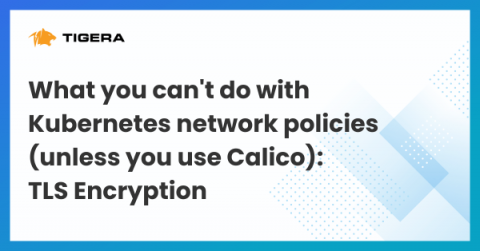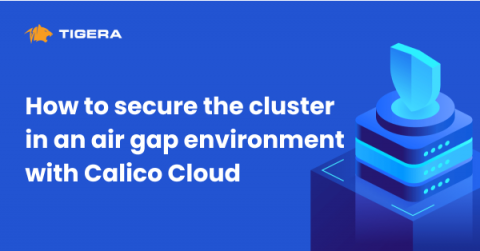Build and secure multi-cluster CockroachDB using the Calico clustermesh: A step-by-step guide
With the rapid adoption of Kubernetes in organizations and the push to standardize the orchestration of resources with this approach, databases are now also being deployed into Kubernetes. Historically, persistent workloads like databases were not recommended for their deployment into Kuberntes as it was complex to manage how data would be stored. This was a result of Kubertnes originally being designed for non persistent microservice architectures.




